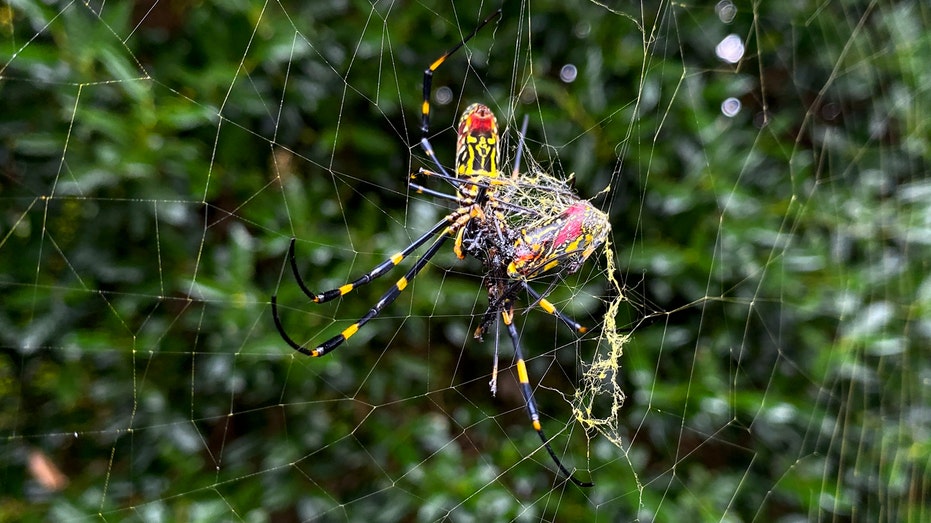Deep in a cool, damp cave in Vermont, tens of thousands of furry, chocolate brown creatures stir.
The little brown bats, survivors of a deadly fungus that decimated their population, went into hibernation last fall. Now in early May, they're waking, detaching from their rock wall roosts and making their first tentative flights in search of the moths, beetles and flying aquatic insects they devour.
It's here, in deep passages that creep into a Vermont mountain, where scientists found one of the first North American outbreaks of the fungus that causes white nose syndrome. Bat bones litter the cave floor like dry lawn-mower cuttings. Look closer and you'll find tiny skulls.
And the bats are still dying.
White nose syndrome is caused by an invasive fungus first found in an upstate New York cave in 2006, a short bat flight from the Dorset, Vermont, colony. The fungus...

.png) 1 year ago
40
1 year ago
40




















 English (US) ·
English (US) ·